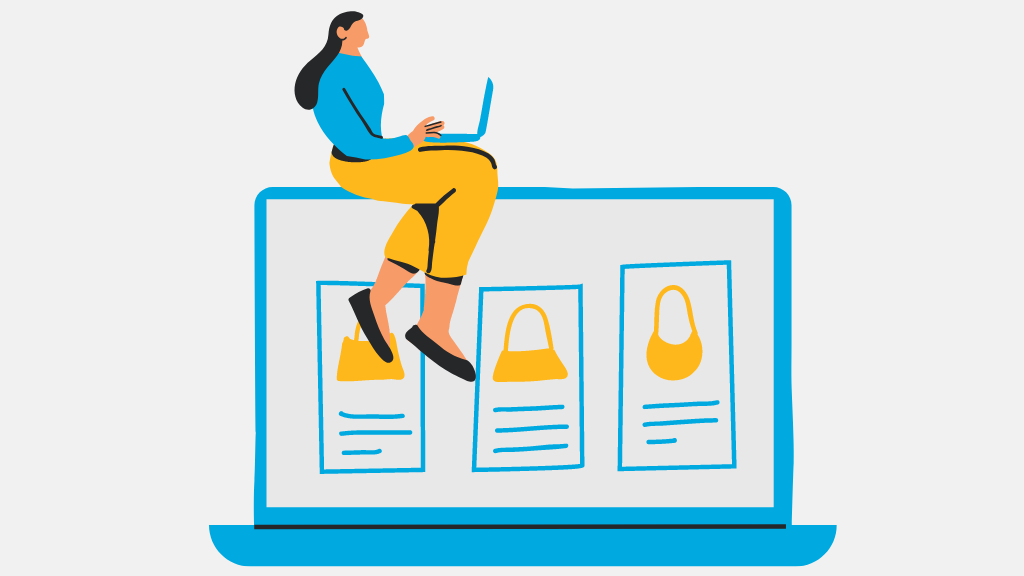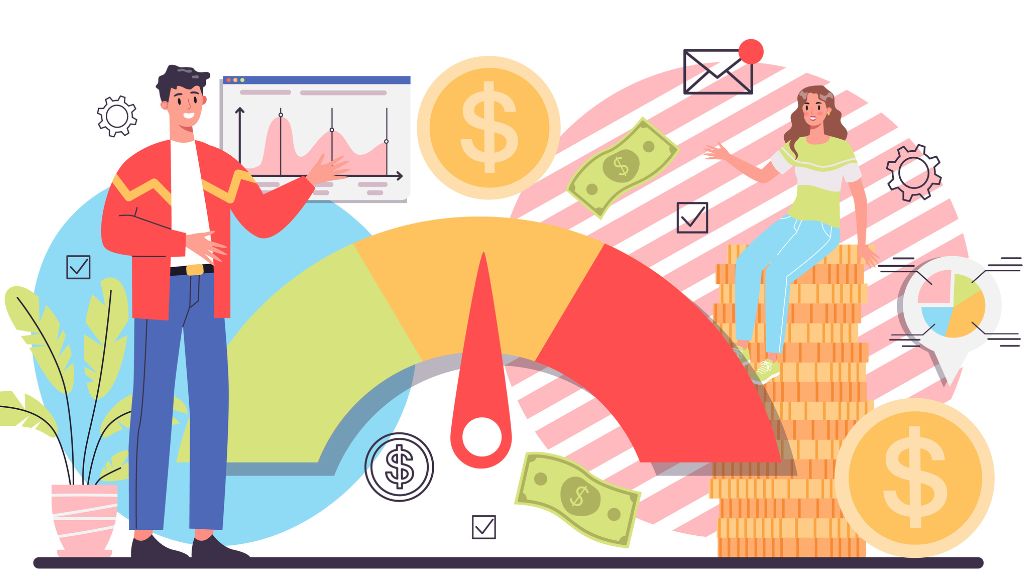
Good-Better-Best pricing strategy
Customers do not always choose the lowest prices. They consider other aspects before making their final decision, such as the quality of the goods or services.
Customers do not always choose the lowest prices. They consider other aspects before making their final decision, such as the quality of the goods or services.

The Good-Better-Best (G-B-B) pricing strategy involves creating three price bands or tiers for different product or service bundles. Each level includes better features or functionality than the one below, so consumers are encouraged to upgrade to a better product. It is based on the premise that customers do not always choose the lowest prices. They consider other aspects before making their final decision, such as the quality of the goods or services. Although it seems a simple strategy on paper, implementing it involves setting the right prices to attract customers to the higher-priced bundles. We explain how to implement a Good-Better-Best pricing strategy and its key benefits.
To start with, as an example, you can look at petrol stations. They sell different-quality fuel at different prices. Alternatively, streaming companies such as Netflix and Spotify or online software companies have lower prices and more expensive bundles which provide better services. A Good-Better-Best strategy that creates premium or VIP packages would also be considered to fall within tiered pricing.
We should clarify that in a Good-Better-Best strategy, consumers’ perception of prices carries considerable weight. Sometimes this strategy is used to attract new customers or to outperform competitors’ sales. They all change users’ behaviour by applying a series of cognitive biases.
The Good-Better-Best strategy is generally effective and encourages customers to spend more. This is because it makes them move from a two-choice mindset, “to buy or not buy”, to consider the cost-benefit ratio of purchasing a higher-level package. When faced with multiple options, users tend to decide more quickly whether or not to buy something, but they spend more time deciding which option meets their needs best. The decision to buy is unwavering; they just have to decide how much to pay.

The next step will be to set attractive and consistent prices. The first step will be to identify which products or services in your catalogue are wanted by most consumers and considered to be of paramount importance. These will form part of the ‘Good’ and ‘Better’ packages. In the higher-price package, you can include services that consumers deem more valuable, more exclusive, but that are also attractive to a large sector of the population. If they are products or services with low production costs, you will be able to increase the e-commerce’s profits.
When setting prices, as you have three categories or tiers, you can rely on the decoy effect to encourage consumers to purchase the Premium or VIP package. The decoy effect involves very similar pricing for the ‘Better’ and ‘Best’ levels. This gives the consumer the impression that they are winning if they buy the highest level, as they get more products or services for a marginally higher price. Psychology conditions the success of the Good-Better-Best strategy.
The main benefit of this pricing strategy is that you can sell more without being pushy and without making users feel uncomfortable. You can start by studying your prices and your competitors’ prices. These are key to achieving a competitive position within the market and anticipating changes in supply and demand.
Find out how Minderest can take your business to the next level.
Contact our pricing experts to see the platform in action.


